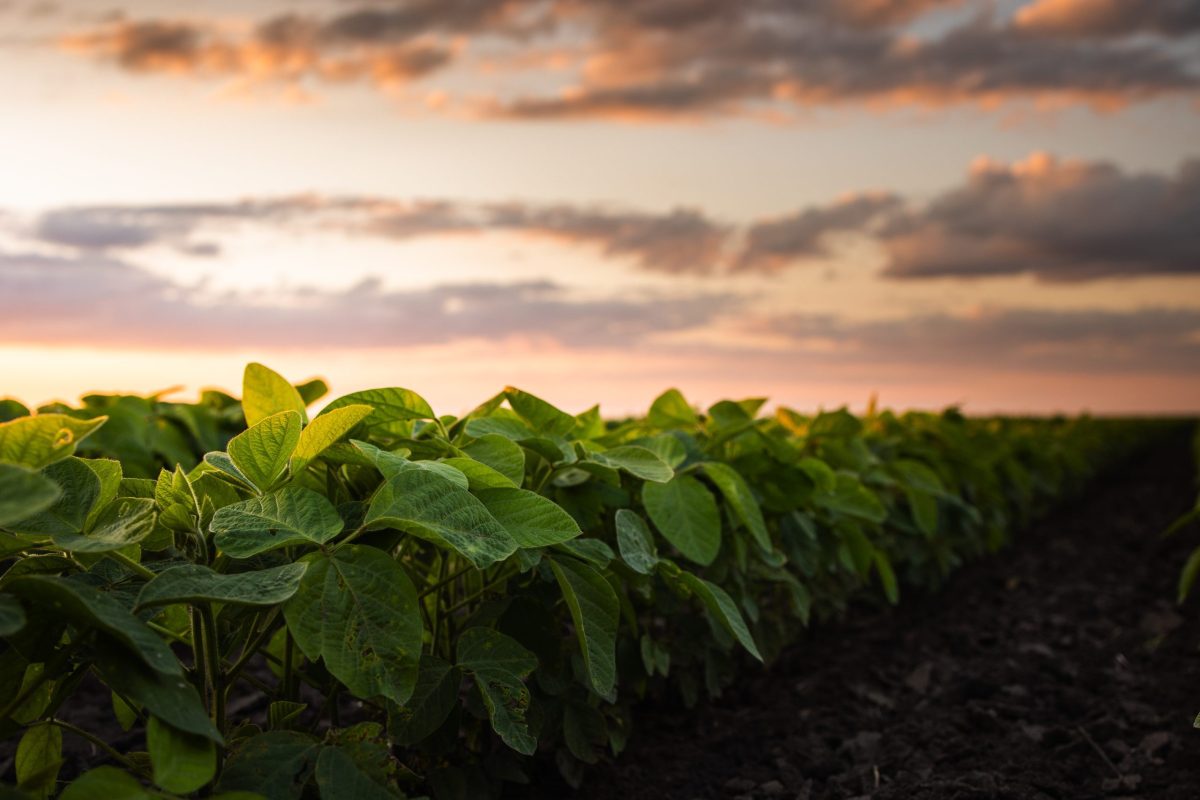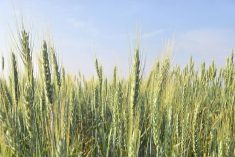Winnipeg (CNS Canada) – After a year which saw Canada’s largest pulse importer, India, impose import tariffs, Canadian pulse crops are seeing a shift in export dynamics.
Lentil and pea exports in Canada are down this year compared to last. According to data from the Canadian Grain Commission, as of June 17, lentil exports were at 264,200 tonnes, compared to 836,300 tonnes last year. Pea exports dropped to 1,843,900 tonnes, from 3,280,400 tonnes last year.
There were decreases for lentil and pea production, according to Statistics Canada. Lentils dropped to 2,558,500 tonnes, from 3,193,800 tonnes, while peas fell to 4,112,200 tonnes, from 4,835,900 tonnes.
Read Also

USDA considering economic aid for farmers this fall, says secretary
The U.S. Department of Agriculture is working with Congress to evaluate whether economic aid might be needed for the nation’s farmers this fall amid trade disputes and record-high yields, Agriculture Secretary Brooke Rollins said on Monday.
Export countries for Canadian pules have also changed this year. India dropped out of the top 10 countries for lentil exports this year after being the number one export market previously, according to the Canadian International Merchandise Trade Database.
While India is still in the top 10 for Canadian pea exports, the amount they are importing has dropped. So far for the first four months of 2018, India has imported about 36,000 tonnes, compared to 845,300 tonnes last year at this same time.
India import tariffs have affected Canada’s pulse exports to the country. Towards the end of 2017, India imposed import tariffs on peas, followed by tariffs on lentils and chickpeas. This caused pea and lentil prices to drop in Canada, as exporters struggled to find new markets.
China is the top importer of Canadian peas this year, having increased imports to about 512,400 tonnes so far in 2018, compared to about 317,800 tonnes last year. Exports to India dropped to about 36,000 tonnes, from 845,300 tonnes.
Overall, Canada is exporting more chickpeas this year, and according to the Canadian International Merchandise Trade Database, chickpeas are being exported to more countries than before. Most of the top export nations last year, like the United States and Pakistan, have halved their import numbers, while other countries, like Algeria, have started to buy Canadian chickpeas, leading to a more diverse international market.
Canadian producers did also grow more chickpeas last year, with chickpea production rising to 86,100 tonnes in 2017, from 75,200 in 2016, according to Statistics Canada.














